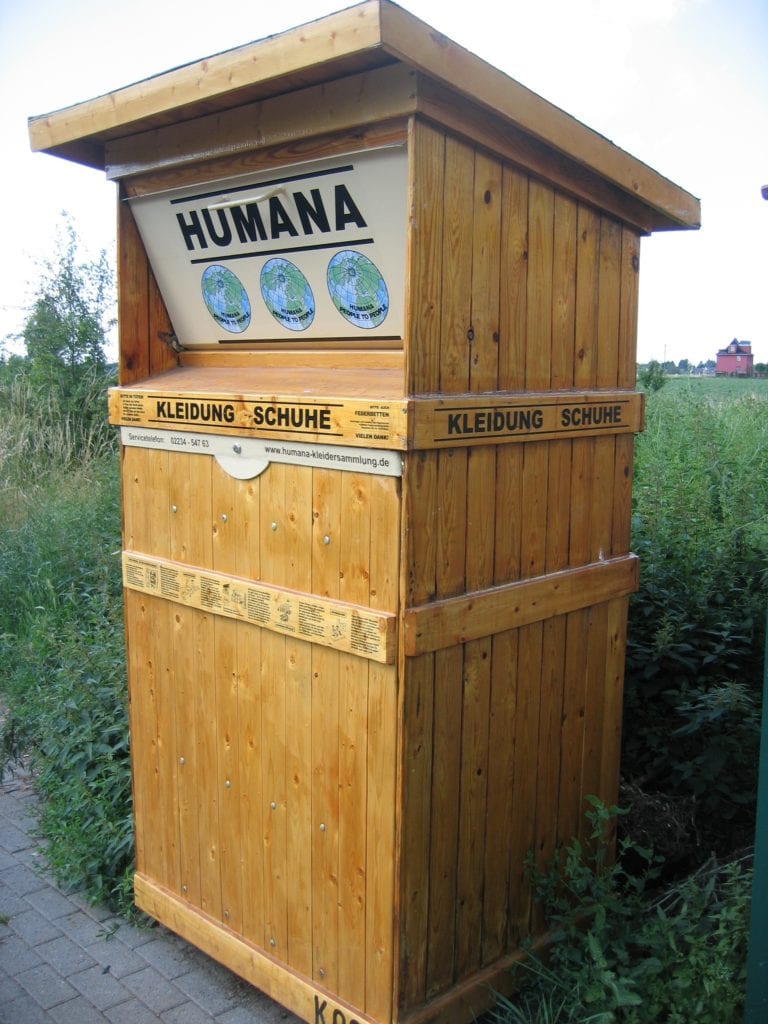Danwatch read all the official financial reports for UFF in Denmark for the period 2015-2019. We did not have access to previous reports, since UFF never released these to the public.
Danwatch read the seventeen financial reports for European Humana organisations that were accessible either via public business registries or the organisations’ own websites.
There were many Humana organisations whose financial reports we could not access, because they have not been made public in the ways described above.
We presented our findings from these reports to UFF-Humana in Denmark and Humana People to People. They would not consent to an interview, but agreed to answer questions via email.
We asked Humana People to People to show us their financial reports. They did not acknowledge our question, but replied instead in an email that Humana’s member organisations spend over DKK 600 million on development projects annually.


